Double Meteor Showers Will Light Up the Sky This Weekend—How to See Them
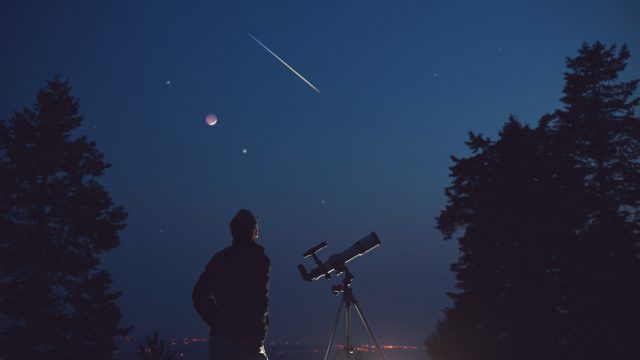
Warm summer nights make it all too easy to head outdoors after sundown and take in the wonders of the night sky. But besides unique moon phases and brilliantly bright appearances by the other planets in our solar system, meteor showers present some of the most exciting viewing opportunities that don’t even require a telescope. The right conditions can make even just one set of shooting stars a memorably great event. But this weekend, double meteor showers will overlap and light up the night sky. Read on for more on how you can see them for yourself.
READ THIS NEXT: 6 Stargazing Secrets, According to Astronomy Experts.
One major meteor shower will peak this weekend.
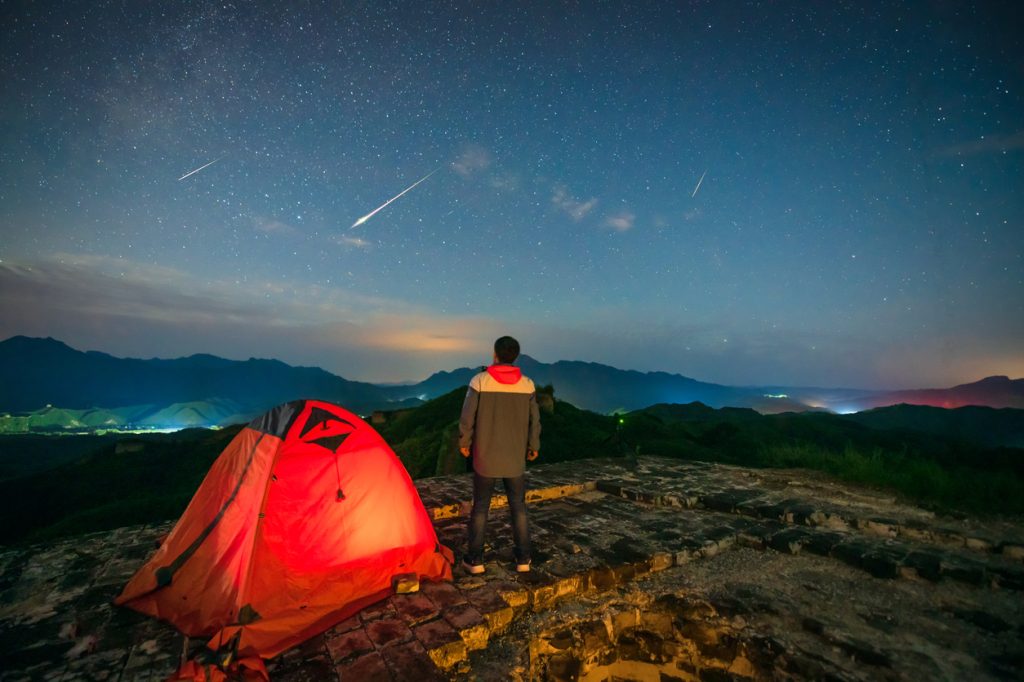
If you’re looking for an excuse to get outdoors over the next few nights, you’re in luck: The Southern Delta Aquariid meteor shower is currently underway, according to NASA. Even though its “shooting stars” are expected to be visible up until Aug. 21, the natural phenomenon is likely to hit its peak starting on the evening of July 29 through July 31.
Scientists believe the annual meteor shower is created by the remnants of comet 96P/Machholz, which was discovered in 1986 and orbits our planet every five years. Viewers can expect to see upwards of 20 meteors per hour at its most active, per NASA.
One of the most anticipated meteor showers of the year is also underway.
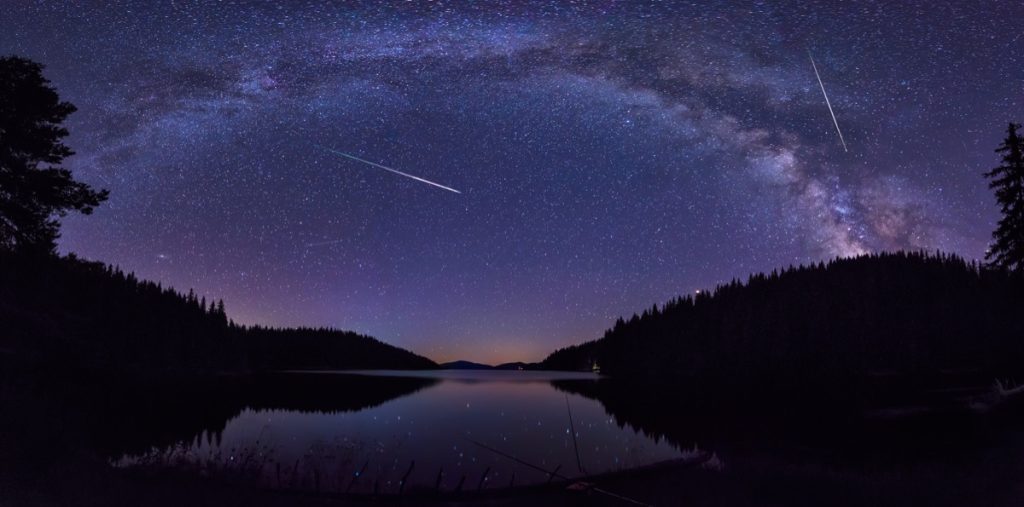
But while the Southern Delta Aquariids are reaching their climax, another anticipated astronomical event is also underway. The Perseids—described as the “best meteor shower of the year” by NASA—will also be visible over the weekend as they continue to build towards their peak on Aug. 13.
The annual event has become a must-see for amateur astronomers thanks to the brilliance of the meteors it creates. Viewers can expect to see a combination of long, colorful “wakes” shooting across the sky and fireballs that create “explosions of light and color that can persist longer than an average meteor streak,” according to NASA.
The Perseids are also the result of Earth passing through the dust trail remnants of a comet. In this case, it’s comet 109P/Swift-Tuttle, which takes 133 years to complete a trip around the sun and last came through the inner solar system in 1992. According to NASA, the relatively large object is about 16 miles wide, or roughly twice the size of the meteor that is believed to have wiped out dinosaurs.
RELATED: For more up-to-date information, sign up for our daily newsletter.
You might have to stay up late to get the best view of both shows.
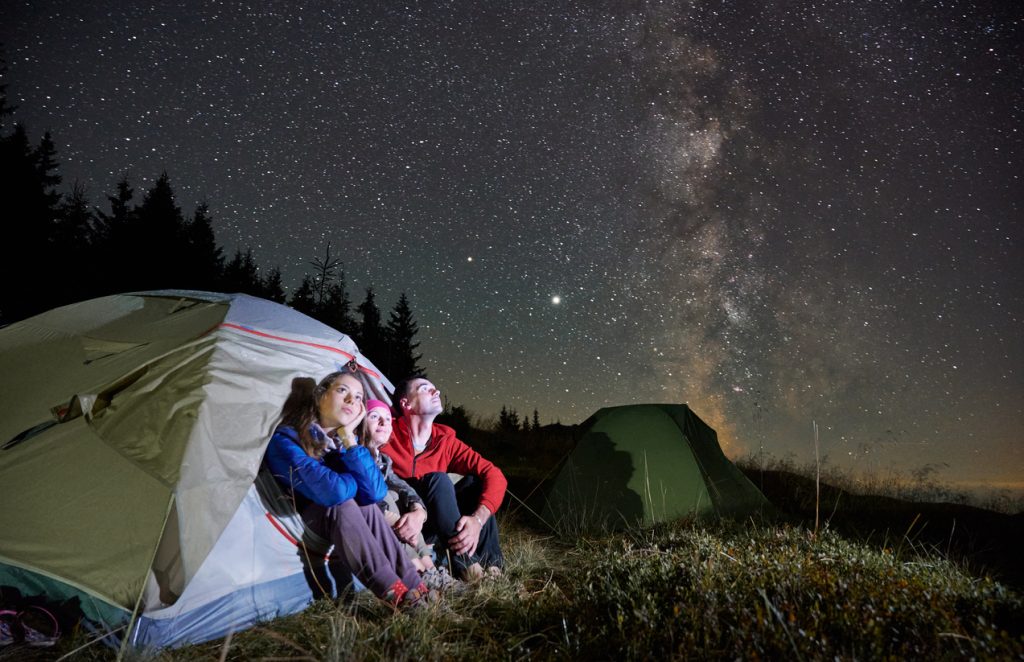
The overlapping of the two events means that this weekend could be one of the most ideal for stargazing of the entire summer. But if you want to get a good view, you might want to consider changing your sleep schedule.
According to Earth Sky, both meteor showers get a late start for peak viewing. The Southern Delta Aquariids reach their highest point in the sky in the early morning hours after midnight around 2 a.m., according to EarthSky. As their name suggests, those in the southern parts of the Northern Hemisphere will be up for the best conditions. The “radiant” origin point for many of the meteors is located near the third brightest star in the constellation Aquarius, known as Delta.
The Perseids also become visible around midnight, growing more active as dawn approaches, per EarthSky. The meteor shower also gets its name from its radiant, which is the constellation Perseus. However, anyone staying up late to watch can expect to see a combination of the two shooting across the sky.
Here’s how to improve your meteor shower viewing experience this weekend.
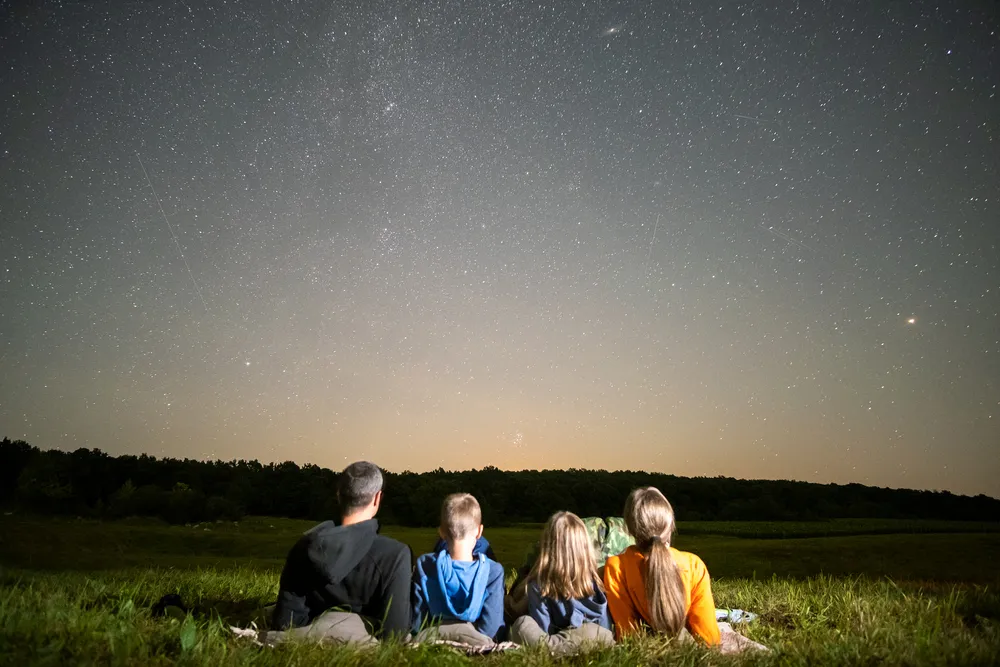
If local weather conditions cooperate, you’ll likely have to do a little more than just get outside to catch the best views of the overlapping meteor showers. Despite reaching their peak, the Southern Delta Aquariids produce relatively faint “shooting stars” that requires as little light interference as possible, per NASA. That means it’s ideal to get away from any city lights and set up in an area that’s as dark as possible.
Once you’ve picked the right spot, you’ll also need some time for your eyes to adjust. According to NASA, this means giving yourself 30 minutes to acclimate to the dark—which includes avoiding looking at your phone’s bright screen.
Fortunately, warmer summer weather makes it easier to get comfortable outdoors for long meteor viewing sessions. But you’ll still want to make sure you dress to stay warm when temperatures drop overnight. It’s also best to bring a reclining chair or blanket that will allow you to lie back and take in as much of the night sky as possible.